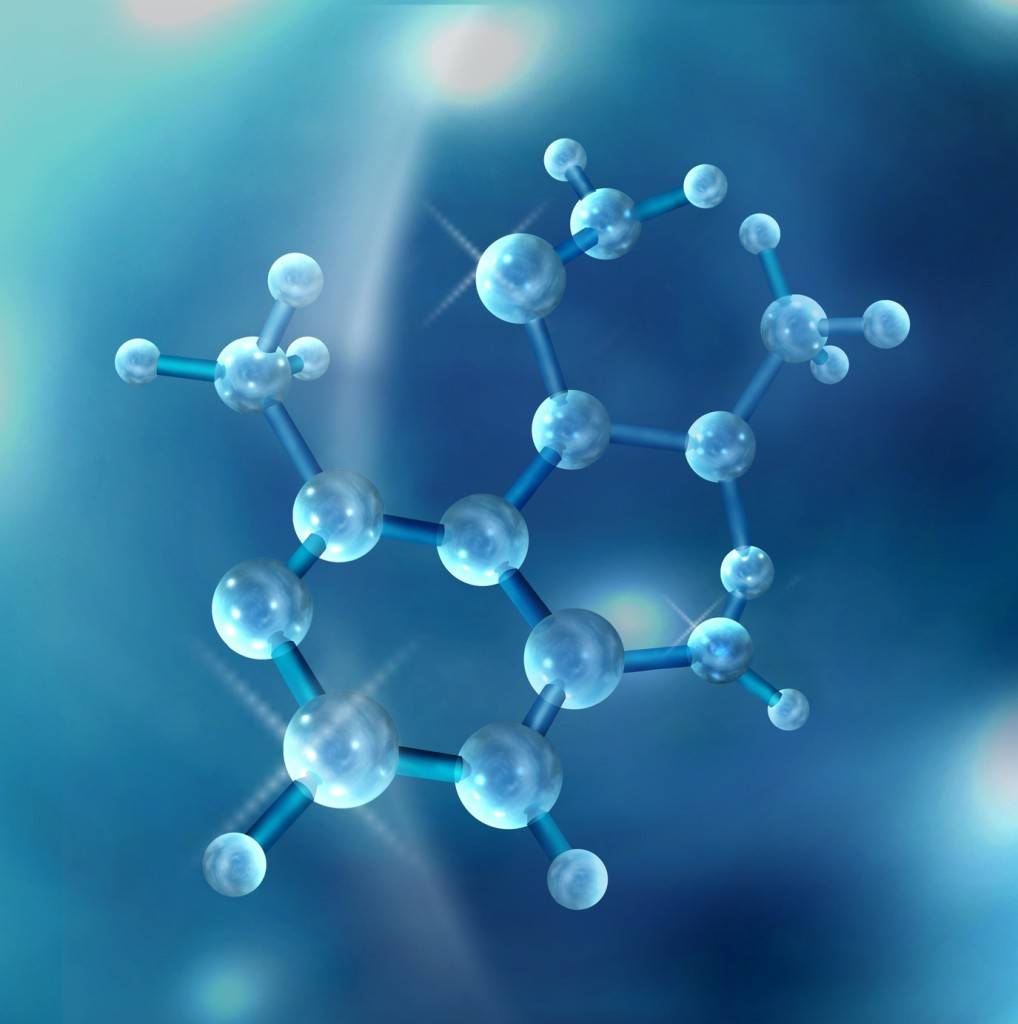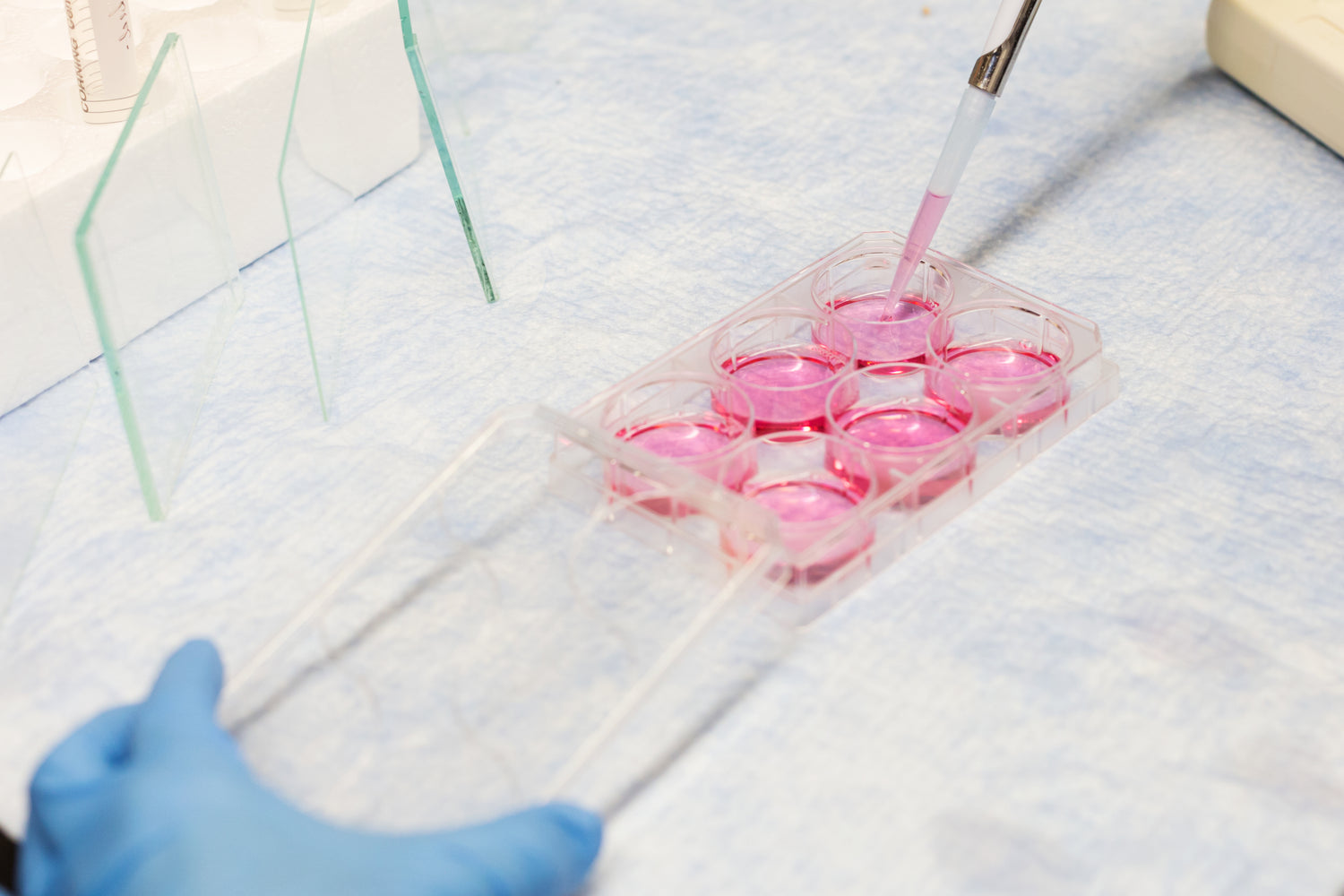In the context of the continuous pursuit of nutritional upgrading and technological innovation in modern food industry, whey protein, due to its high biological activity and easy digestion and absorption, has become one of the core raw materials for functional food development. As consumers' attention to the nutritional density and health attributes of food continues to rise, how to further optimize the functional characteristics of whey protein to better meet the diversified market demands has become a focus of attention for both scientific research and the industry. The vigorous development of nanotechnology has opened up a new dimension for food scientific research. Research has begun to focus on the structural and functional changes of food components at the nanoscale, and ultrasonic treatment, as an efficient and green nanoreduction technology, with its unique physical mechanism, provides an innovative path for protein property improvement.

Dynamic light scattering equipment is used to measure particle size, polydispersity index and zeta potential; scanning electron microscopy is used to observe the microscopic structure; attenuated total reflection infrared spectroscopy is used to analyze structural changes; differential scanning calorimeter is used to determine thermal behavior; multiple methods are used to detect functional characteristics; multiple in vitro experiments are used to evaluate nutritional characteristics. Ultrasonic treatment reduces the particle size of whey protein from 1.025 μm to 549 nm, increases the polydispersity index and zeta potential, indicating a narrower particle size distribution and enhanced colloid stability.
After ultrasonic treatment, the denaturation temperature and denaturation enthalpy of whey protein separated from milk decrease, meaning that ultrasonic treatment breaks the non-covalent bonds of proteins and reduces the ordered structure. Ultrasonic treatment changes the hydrophobicity, water absorption, oil absorption, emulsifying and foaming properties of whey protein separated from milk. For example, hydrophobicity increases, water absorption decreases, and oil absorption, emulsifying and foaming properties increase.
Ultrasonic treatment significantly reduces the particle size of whey protein, improves its function and nutritional characteristics, which is attributed to the ultrasonic cavitation that deforms the protein structure and unfolds it, changing the morphology of protein particles. Nanoreduction can enhance the applicability of whey protein in the functional food industry, providing a way to develop healthy, innovative and sustainable foods.








